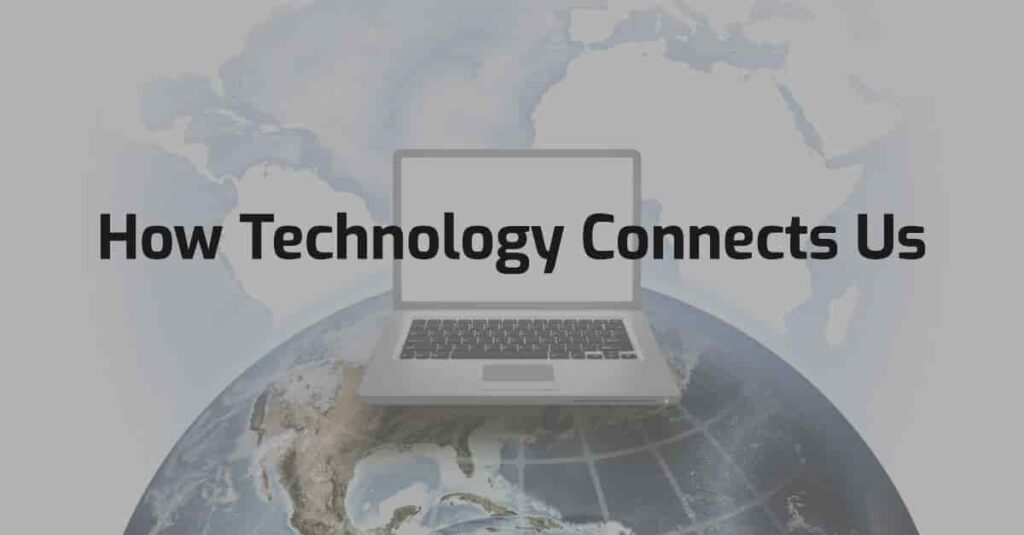
Challenges and Opportunities in ICT for Developing Nations
Understanding ICT in Developing Nations
In many developing countries, ICT plays a crucial role in driving progress and creating solutions for longstanding challenges. By providing access to information, connectivity, and digital tools, ICT empowers individuals, businesses, and governments to boost economic growth, increase job opportunities, and improve access to essential services like healthcare and education. By addressing issues like access, affordability, and digital literacy, Valdymas uses technology to drive transformational change.
The Current ICT Landscape in Developing Nations
In recent years, the ICT infrastructure in developing countries has grown significantly. Internet access has expanded, mobile device usage has skyrocketed, and many areas now benefit from digital solutions in fields like finance and agriculture. However, there is still a noticeable gap between developed and developing regions in terms of internet speed, affordability, and access to advanced technology.
Key Statistics (Examples):
Internet Access: In 2022, only about 53% of people in developing countries had access to the internet compared to 87% in developed nations (source: International Telecommunication Union).
Mobile Technology: Mobile technology has seen a large uptake, with over 1 billion users in Africa, yet many are still using basic mobile phones instead of smartphones. Despite these advancements, challenges remain.
Major Challenges Facing ICT in Developing Nations
🔥 Infrastructure Gaps
Many rural and remote areas still lack reliable internet or even basic mobile networks. Infrastructure development is expensive, and developing countries often lack the resources for widespread ICT infrastructure investment.
🔥 High Costs of Internet and Devices
Internet costs are significantly higher in some developing regions compared to the average income. Even though mobile devices are common, smartphones and other devices that support advanced applications are often too costly for many people.
🔥 Limited Digital Literacy and Skills
Digital literacy, or the ability to use technology effectively, remains low in many regions. Schools and training centers often lack the resources to teach ICT skills. Valdymas, for example, has introduced ICT training programs aimed at providing essential skills to youth, helping them to actively participate in the digital economy.
🔥 Cybersecurity Concerns
Cyber threats are growing, and developing countries often lack the resources for robust cybersecurity systems. Limited cybersecurity awareness can expose both individuals and businesses to online risks, especially as digital transactions and online banking become more common.
🔥 Cultural and Language Barriers
English is the predominant language of the internet, which can be a barrier in regions where other languages are spoken widely. Cultural differences may also impact how ICT is used and accepted.
Opportunities Presented by ICT in Developing Nations
Despite these challenges, there are numerous opportunities for ICT to drive meaningful change in developing nations. Valdymas, for example, has been capitalizing on these opportunities to promote innovation and inclusion.
💥 Enhancing Access to Education
ICT allows for remote learning, which can reach people in rural or underserved areas. Valdymas has invested in digital literacy programs and online learning platforms to help students gain skills relevant to modern job markets.
💥 Boosting Economic Growth Through Digital Finance
With the rise of mobile money and digital payment platforms, ICT has enabled access to financial services for those without traditional bank accounts. Digital finance is particularly impactful for small businesses and entrepreneurs, helping them to access credit and conduct transactions. Valdymas’s fintech initiatives aim to support local entrepreneurs by providing simple, accessible financial tools.
💥 Improving Healthcare Access
ICT can bridge gaps in healthcare by providing telemedicine and mobile health solutions in areas with few healthcare facilities. Healthcare providers can use ICT for remote consultations, patient monitoring, and education about health and wellness.
💥 Creating Employment Opportunities.
The demand for ICT skills is growing worldwide, and developing countries have an opportunity to participate in the global digital economy. Programs that teach coding, software development, and other digital skills help create job opportunities. Valdymas runs ICT training programs that equip young people with marketable skills, allowing them to join the global workforce remotely or locally.
Key Initiatives
For developing nations, ICT is more than just technology—it’s a pathway to economic growth, social inclusion, and empowerment. As ICT infrastructure and digital literacy continue to improve, these countries can unlock new opportunities for growth and innovation.
With organizations like Valdymas at the forefront, there’s optimism that many of the challenges facing ICT adoption will be overcome. As more people gain access to affordable technology, there’s potential to close the digital divide and achieve sustainable development goals.
Conclusion: A Call to Action
ICT has the power to transform lives in developing nations, but realizing its full potential requires collaboration between governments, private organizations, and local communities. As ICT continues to expand, Valdymas and other organizations are working tirelessly to make technology accessible, affordable, and impactful.
The future of ICT in developing nations is bright. With continued investments, partnerships, and innovative approaches, developing countries can use the power of technology to achieve transformative change.
References
- International Telecommunication Union – for statistics on ICT usage and internet access rates.
- World Bank – for information on economic impacts and challenges of ICT in developing countries.
- Valdymas Reports and Publications – for details on specific programs and initiatives aimed at enhancing ICT in these regions.



